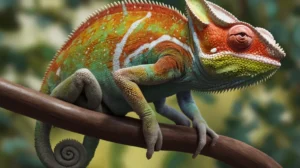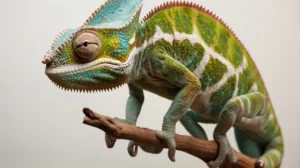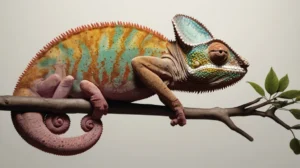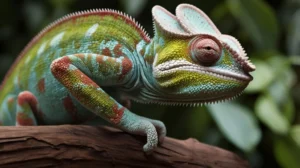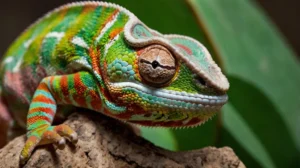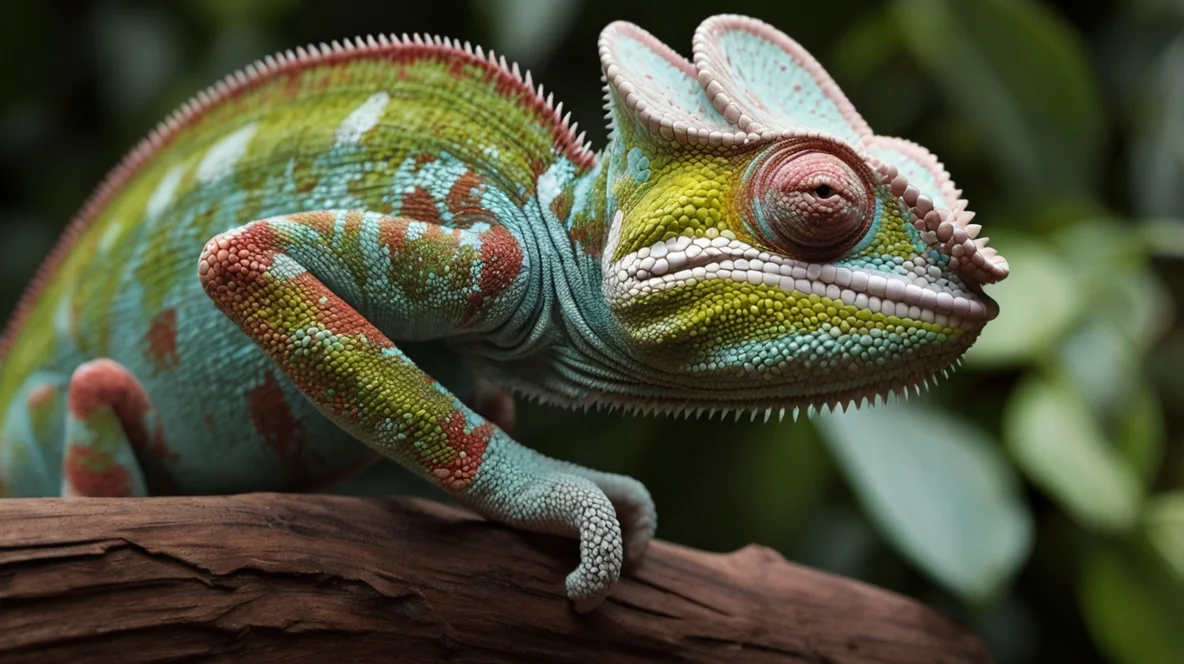 Reptile Husbandry
Reptile Husbandry
Chameleon Care: The High-Maintenance Reality
Potential chameleon owners often hear conflicting information about their care difficulty. Some sources might downplay it, while experienced keepers emphasize the challenges. So, are chameleons truly high-maintenance pets? For the vast majority of pet owners, especially compared to more common pets or even other reptiles, the answer is unequivocally yes. Let’s break down why.
Defining “High Maintenance”
In the context of pet care, “high maintenance” typically refers to animals requiring:
- Very specific and narrow environmental parameters.
- Complex or specialized dietary needs.
- Frequent, specific daily care tasks beyond basic feeding.
- High sensitivity to errors in care, leading to health issues quickly.
- Specialized (and often costly) equipment and veterinary care.
Chameleons tick virtually all these boxes.
Environmental Precision: No Room for Error
This is perhaps the most demanding aspect of chameleon care. Unlike hardier reptiles that tolerate wider fluctuations, chameleons need precise control over several factors:
- Temperature Gradients: Specific basking spot temperatures (e.g., 85-95°F / 29-35°C for Veileds) and cooler ambient zones (low 70s°F / 21-24°C) must be maintained. Overheating or chilling is dangerous.
- UVB Lighting: Correct type (e.g., T5 HO linear tubes), intensity (species-specific), and placement are non-negotiable for preventing Metabolic Bone Disease (MBD). Bulbs degrade and need regular replacement (every 6-12 months). Incorrect UVB is a leading cause of captive chameleon health failure, a fact frequently lamented in veterinary journals like the *Journal of Herpetological Medicine and Surgery*.
- Humidity Levels: Most species require high humidity (e.g., 50-80%) with daily fluctuations, often achieved through multiple misting sessions per day or automated systems.
- Ventilation: Stagnant, overly humid air leads to respiratory infections. Screen cages are essential, unlike the glass tanks suitable for many other reptiles.
Setup is Critical: Achieving these precise, interconnected parameters within a single enclosure requires careful planning, quality equipment, and constant monitoring with reliable gauges. It’s far more complex than setting up for a leopard gecko or corn snake.
Dietary & Hydration Complexity
- Varied Insect Diet: Chameleons need a variety of gut-loaded insects (crickets, roaches, silkworms, etc.) – not just one type. Feeder insects must be healthy and nutritious themselves.
- Supplementation Schedule: Precise dusting schedules with calcium (with and without D3) and multivitamins are crucial. Incorrect supplementation (too much or too little) causes serious health problems.
- Hydration Method: Most chameleons won’t drink from a bowl. They lap water droplets off leaves, necessitating regular misting or a dripper system. Ensuring adequate hydration without over-saturating the enclosure is a balancing act.
Daily Time Commitment
Chameleon care is not a “set it and forget it” situation.
- Misting: Often required 2-3 times daily unless using an automated system (which itself requires maintenance).
- Feeding & Supplement Prep: Daily or every-other-day feeding, including gut-loading insects and dusting.
- Monitoring: Daily checks of temperature, humidity, chameleon behavior, and appetite are essential for catching problems early.
- Cleaning: Spot cleaning daily/weekly, with more thorough cleaning periodically.
This routine demands consistency and significantly more daily interaction time than many other pets.
Health Sensitivity & Vet Needs
Chameleons are notoriously sensitive to husbandry errors and stress. They can decline rapidly if conditions aren’t perfect.
- Common Ailments: MBD, respiratory infections, eye issues, dehydration, gout, and stress-related illnesses are prevalent when care is subpar.
- Specialist Vets: Treating chameleon health issues requires veterinarians experienced with exotic reptiles, who can be harder to find and more expensive than standard vets. Early detection through diligent observation is key.
Proactive Care is Cheaper: Investing time and money in perfect husbandry is the best way to prevent costly vet bills and ensure a healthy life for your chameleon.
Conclusion: Yes, They Are High Maintenance
Compared to most common pets and even many other popular reptiles, chameleons require a significantly higher level of care, expertise, financial investment, and daily commitment. Their environmental needs are precise, their diet specific, and their health fragile.
While immensely rewarding for the prepared and dedicated keeper, prospective owners must honestly assess if they can meet these demanding requirements. Chameleons are not suitable pets for beginners to reptile keeping or those seeking a low-effort animal companion. They are truly a labor of love for the serious enthusiast.
